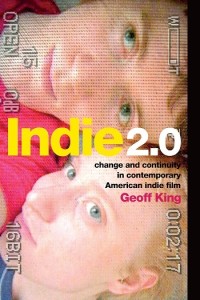Geoff King, Emeritus Professor of Film Studies, Brunel University London
The aim of this site is to offer a resource for anyone interested in the study of American indie film or related aspects of world cinema and film culture. The focus of my work has shifted somewhat in recent years, to include a wider range of international arthouse cinema alongside the American indie sector. The main target audience of this site is students and other academics involved in this field. But I hope it will also be of interest to a wider constituency, including members of the indie/arthouse film community and anyone else interested in this part of the movie landscape.
Material you can find here includes a list of relevant publications, in some cases annotated, and links to some useful resources over on the right-hand side. There are also extracts from my own books on the subject. I’ve also started an Occasional Blog on indie film and related matters, although this has not been very active recently; see link above or here
My latest book, Arthouse Crime Scenes: Art Film, Genre and Crime in Contemporary World Cinema, is out now (expensive hardback only at this stage)
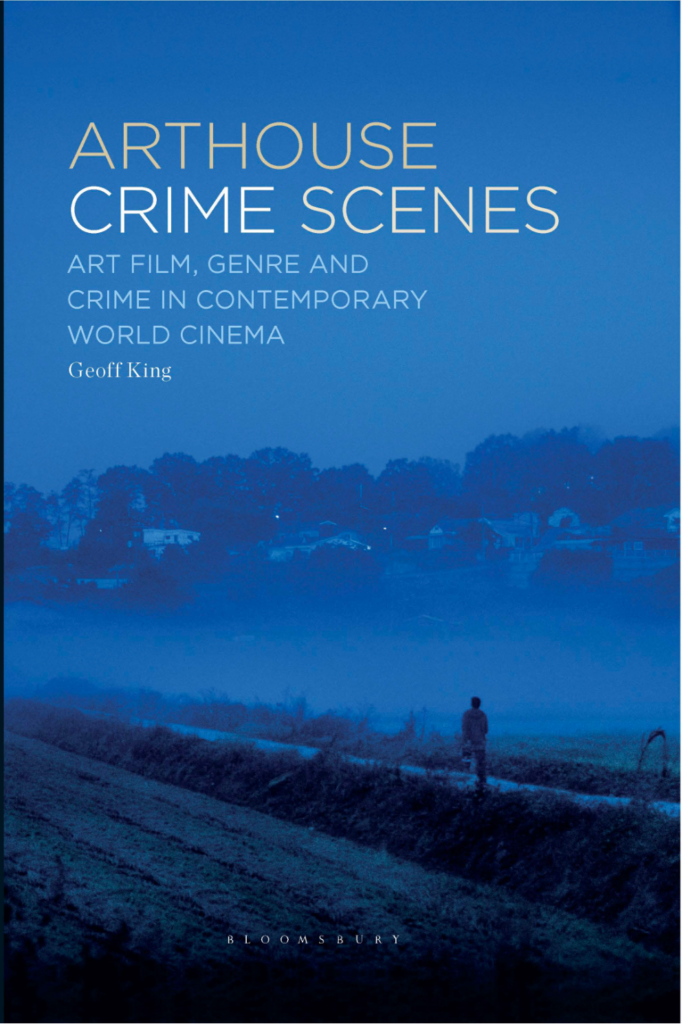
This the cover blurb:
How is crime represented in art cinema? And how can this be understood in the context of global sociopolitical and film-industrial trends? Crime might be shown or lurk only at the edges. It might be left unresolved or unexplained. Arthouse crimes can be petty and small scale or raise big questions associated with the arthouse sector: political issues, the nature of humanity, truth and knowability.
Arthouse Crime Scenes is the first book to address the relationship between art cinema and crime, contributing to the study of both categories. Case studies are provided of works by celebrated filmmakers including Lucretia Martell, Kleber Mendonça Filho, Bong Joon Ho, Nuri Bilge Ceylan, Hirokazu Kore-eda, Jia Zhangke, Andrey Zvyagintsez and Lee Chang-dong.
Textual analysis is combined with focus on social and industrial contexts. A recurring theme is the situation of arthouse crime films within differing manifestations of broader processes of late-modern neoliberal globalization and cultural hybridity. Approaches examined range from the oblique to social realism and other mixtures of crime and arthouse tendencies.
Extracts, including the introduction, part of the first chapter and the table of contents are available on the publisher’s website here
My previous book, The Cinema of Discomfort: Disquieting, Awkward and Uncomfortable Experiences in Art and Indie Film, is now available in a more affordable paperback edition (as of April 2023).
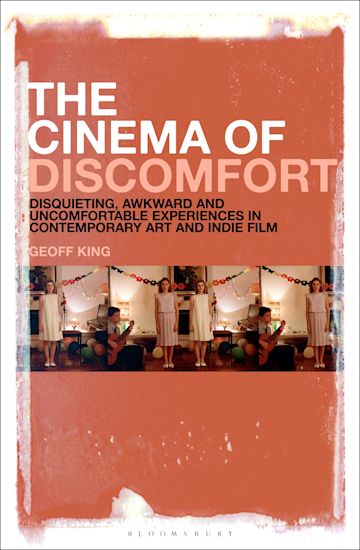
This is the cover text:
How do we understand types of cinema that offer experiences of discomfort, awkwardness or disquieting uncertainty? This book examines a number of examples of such work at the heart of contemporary art and indie film. While the commercial mainstream tends to offer comforting viewing experiences or moments of discomfort that exist largely to be overcome, The Cinema of Discomfort analyses films in which discomfort is offered in a sustained manner. Cinema of this kind confronts us with material such as distinctly uncomfortable sexual encounters. It invites us into uncertain relationships with awkward and sometimes unlikable characters. It presents us with challenging behaviour or what are presented as uncomfortable realities. It often refuses information on which to base judgments. More discomfortingly, cinema of this kind tends to provoke uncertainty at the level of what emotional responses we are encouraged to have towards difficult, sometimes controversial, characters or events.
The Cinema of Discomfort examines a number of case-studies, including Palindromes by Todd Solondz (US) and Dogtooth from Yorgos Lanthimos (Greece), along with other examples from Austria, Sweden, the UK, the US and Germany. Offering close textual analysis of the manner in which discomfort is generated, it also asks how we should understand the appeal of such work to certain viewers and how the existence of films of this kind can be explained, as products of both their socio-cultural context and the more particular institutional realms of art and indie film.
Positioning Art Cinema: Film and Cultural Value (2019), which includes a chapter on the relationship between art and American indie film, is also available in paperback.
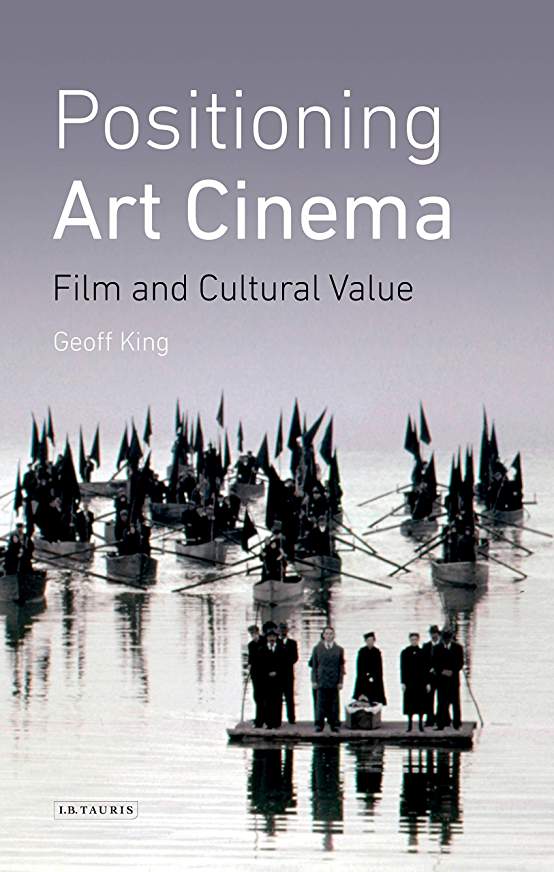
Here’s the cover blurb for Positioning Art Cinema:
Art cinema occupies a space in the film landscape that is accorded a particular kind of value. From films that claim the status of harsh realism to others which embody aspects of the tradition of modernism or the poetic, art cinema encompasses a variety of work from across the globe.
But how is art cinema positioned in the film marketplace, or by critics and in academic analysis? Exactly what kinds of cultural value are attributed to films of this type and how can this be explained? This book offers a unique analysis of how such processes work, including the broader cultural basis of the appeal of art cinema to particular audiences.
Geoff King argues that there is no single definition of art cinema, but a number of distinct and recurrent tendencies are identified. At one end of the spectrum are films accorded the most ‘heavyweight’ status, offering the greatest challenges to viewers. Others mix aspects of art cinema with more accessible dimensions such as uses of popular genre frameworks and ‘exploitation’ elements involving explicit sex and violence. Including case studies of key figures such as Michael Haneke, Pedro Almodovar and Jean-Pierre and Luc Dardenne, this is a crucial contribution to understanding both art cinema itself and the discourses through which its value is established.
Collections I’ve edited on indie film include A Companion to American Indie Film in the Wiley Blackwell ‘Companion’ series. A great team of contributors are included board for this, which offers a concerted examination of various facets of indie film and the wider culture to which it belongs. An extract including the introduction, contents page and details of contributors is available here.
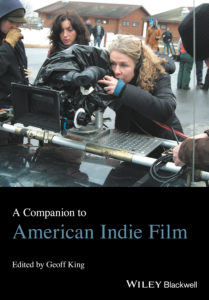
Quality Hollywood: Markers of Distinction in Contemporary Studio Film (2016). Although not focused on the indie sector as such, this book explores a number of dimensions of ‘quality’ as understood in relation to Hollywood that are relevant to the broader spectrum that runs from the indie sector to Indiewood and then to the ‘quality’ end of Hollywood and on to the more conventional ‘mainstream’.

My most recent book focused solely on indie film is Indie 2.0: Change and Continuity in Contemporary American Indie Film (Amazon.co.uk Amazon.com) An extract, the introduction, is available here.
